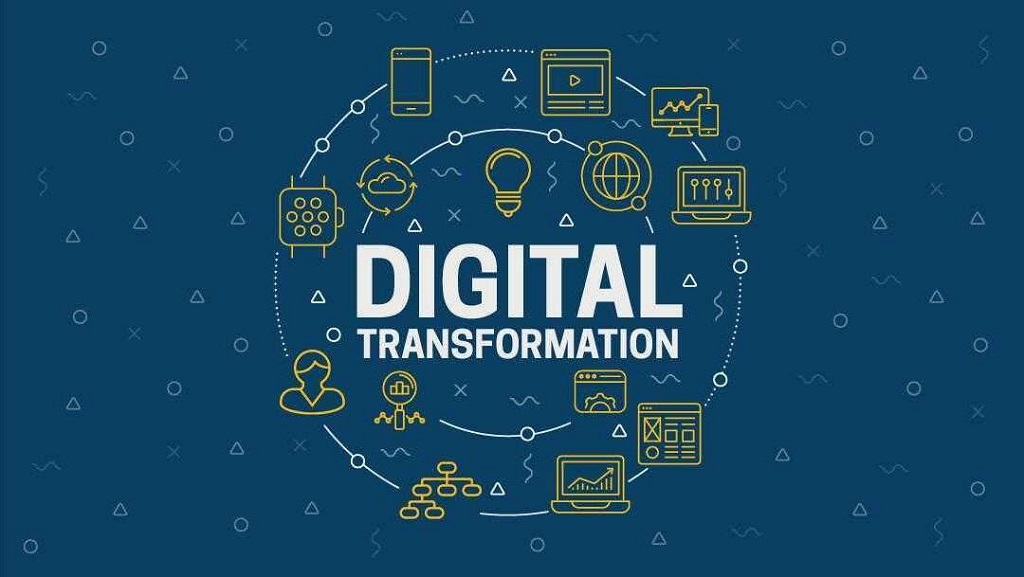
29 Aug The Future of Customs: Innovations and Digital Transformations
In a time characterized by rapid innovations, customs – the rules for trading between countries – are getting a big upgrade. Thanks to innovative technologies and tech-savvy professionals, customs processes are becoming quicker, safer, and way more efficient.
Let’s take a look at how things are changing in the world of customs and why it matters.
The Customs Scene Today: Challenges and Opportunities
When goods move between countries, they need to go through customs. But the way this is done can sometimes be a bit complicated. Mountains of paperwork, old-fashioned systems, and mistakes can slow the flow of goods across borders.
Moreover, the rise of e-commerce has added complexity to customs procedures, necessitating a more agile and automated approach.
But in every challenge lies an opportunity, and the world of customs is no exception. Experts have risen up to find solutions to simplify these lengthy customs processes using technology.
Leveraging digital technologies like artificial intelligence and big data analytics, these professionals have built expertise in customs brokerage and are able to predict and eliminate risks associated with the customs clearance process. These risks may include problems with duties, documentation, and penalties, issues that potentially cause delays at the border. By so doing, they make customs much smoother than ever before.
Digital Customs: Innovations Shaping the Future
Let’s now highlight the technologies reshaping the future of customs
- Blockchain and Supply Chain Transparency: Blockchain technology has become popular for its ability to enhance transparency and traceability in supply chains. Customs authorities are leveraging blockchain to create tamper-proof records of trade transactions, ensuring the authenticity of goods and reducing the risk of fraud. This innovation promotes collaboration between stakeholders and helps customs officials make informed decisions about imports and exports.
- AI and Predictive Analytics: Computers are getting super clever at predicting outcomes. They crunch lots of data using fancy math and can predict which shipments might need extra attention. By analyzing big data, experts in customs brokerage are able to help importers/exporters minimize potential risks associated with their trade. This speeds up the process and enhances security by focusing on higher-risk shipments.
- IoT for Real-time Monitoring: The Internet of Things is revolutionizing cargo tracking and monitoring. Smart sensors placed in containers and vehicles provide real-time data on location, temperature, humidity, and more. This data ensures that perishable goods meet required conditions and sends alerts if any deviations occur. Such innovations minimize losses and improve the overall quality of cross-border trade.
- Paperless Customs Declarations: The days of manual paperwork are numbered. Many countries are moving towards paperless customs declarations, where electronic documents replace traditional forms. Aside from saving time, it reduces errors and promotes sustainability by minimizing paper usage.
Collaboration and Data Sharing
The future of customs is built on collaboration between governments, businesses, and technology providers. For example, importers/exporters are collaborating with customs brokerage service providers for smoother customs clearance. Digital platforms facilitating secure data sharing are at the forefront of this collaboration. These platforms allow parties involved in the customs process to exchange information in real time.
These platforms also allow authorized parties to access relevant information, reducing duplication of efforts and ensuring compliance with regulations. This shared ecosystem encourages trust among participants and helps identify potential loopholes that need attention.
Customs Compliance and Risk Management
As mentioned earlier, advanced data analysis allows customs officials to assess potential risks accurately. This approach may allow the authorities to focus on higher-risk shipments while fast-tracking low-risk ones. Obviously, this will help save time.
What’s more, digitizing customs procedures fosters transparency and simplifies regulations for businesses. With traders leaving their documentation and compliance in competent tech-savvy hands, the chances of non-compliance become much lower.
Challenges and Considerations
While the future of customs is exciting, it’s not without its challenges. For starters, we must ensure data security and protect against cyber threats. Of course, the more digitized we get, the more cyber threats we face. This would require international cooperation, as there’s a need to establish standardized protocols that enhance security across borders.
That said, resistance to change from traditional systems could also pose a hurdle. Some players can be very averse to change and would be stuck in the old ways. We hope customs officials and stakeholders can effectively adapt to and utilize new technologies.
The Bottom Line
So, what does the future of customs look like? It looks pretty awesome. With tech like blockchain, IoT, and advanced data analytics, trade between countries is becoming faster, safer, and easier. And this is a win for importers and exporters who are constantly troubled by customs headaches. While there might be a few bumps along the way, the future of customs looks brighter than ever.


